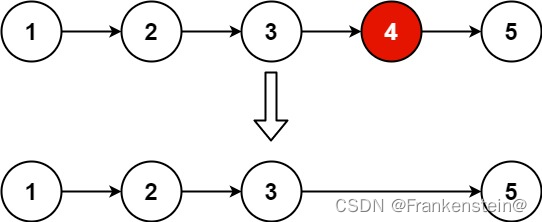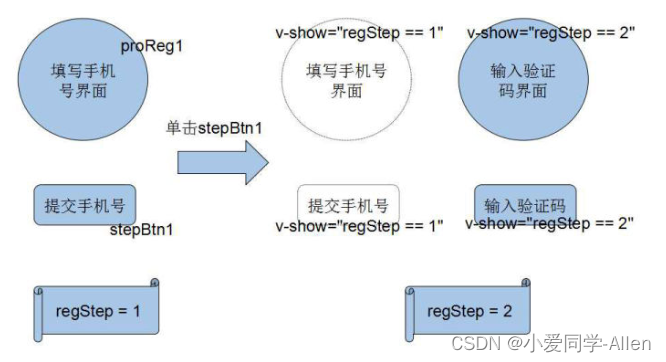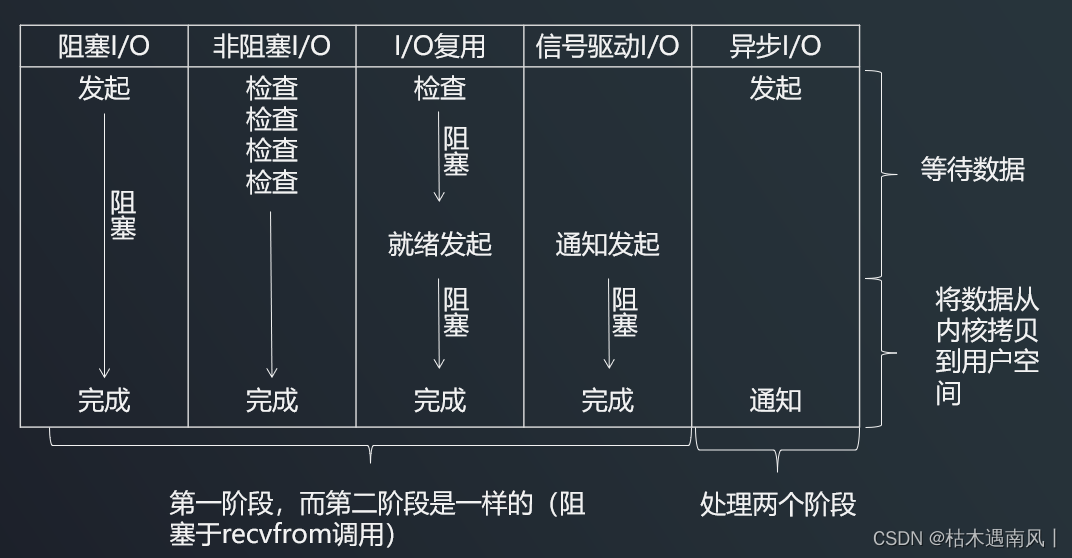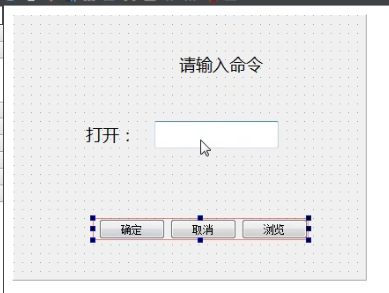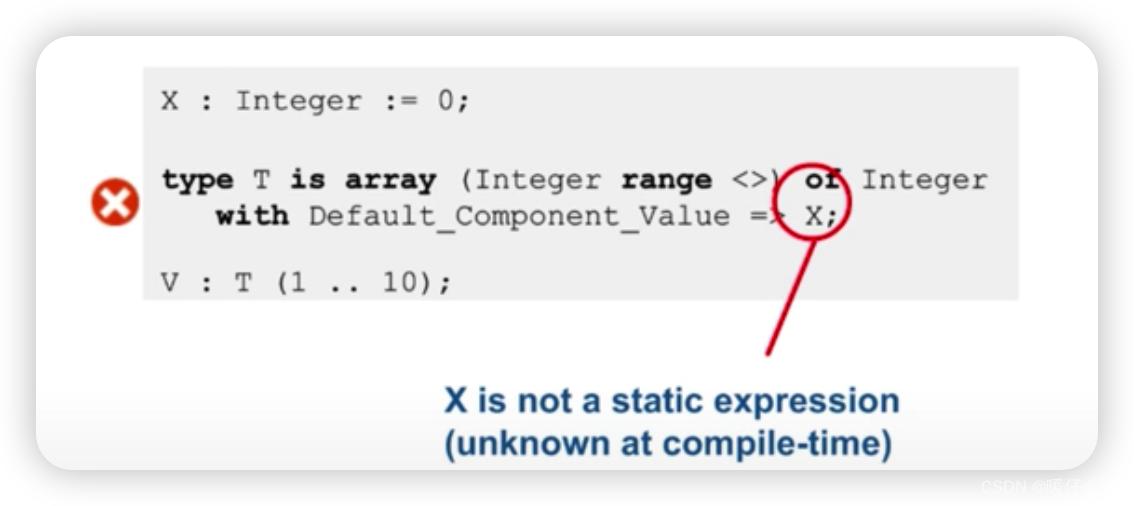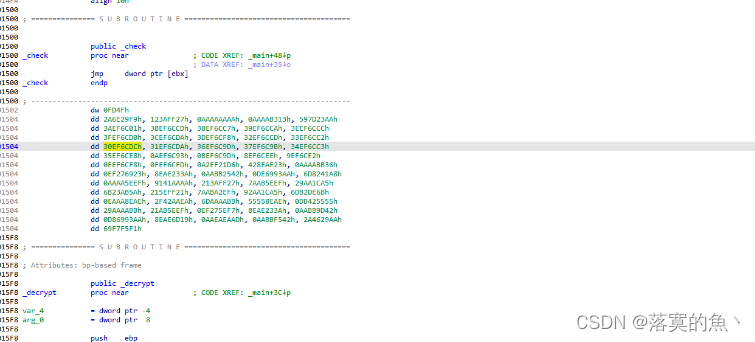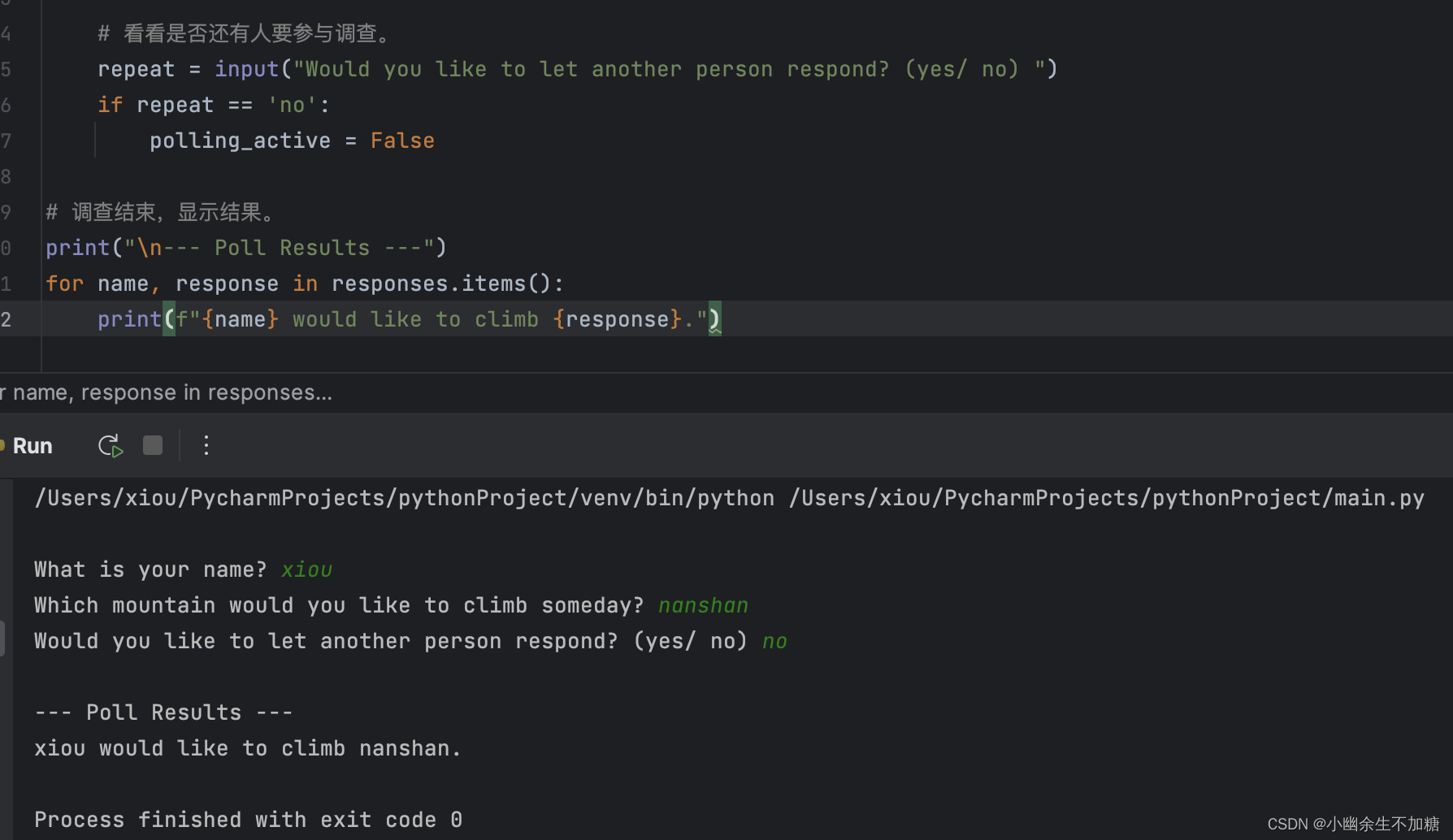Zero → \to → Hero : 2
接上篇,Zero → \to → Hero : 1,进一步的扩展模型:
- 增加输入字符序列的长度,通过多个字符预测下一个字符的概率分布
- 增加模型的深度,通过多层的MLP来学习和预测字符的生成概率
- 增加嵌入层,把字符转换为稠密向量
import torch
import torch.nn.functional as F
import matplotlib.pyplot as plt # for making figures
from matplotlib.font_manager import FontProperties
font = FontProperties(fname='../chinese_pop.ttf', size=10)
加载数据集
数据是一个中文名数据集
- 名字最小长度为 2:
- 名字最大长度为 3:
words = open('../Chinese_Names_Corpus.txt', 'r').read().splitlines()
# 数据包含100多万个姓名,过滤出一个姓氏用来测试
names = [name for name in words if name[0] == '王' and len(name) == 3]
len(names)
52127
# 构建词汇表到索引,索引到词汇表的映射,词汇表大小为:1561(加上开始和结束填充字符):
chars = sorted(list(set(''.join(names))))
char2i = {s:i+1 for i,s in enumerate(chars)}
char2i['.'] = 0 # 填充字符
i2char = {i:s for s,i in char2i.items()}
len(chars)
1650
block_size = 2 # 用两个字符预测下一个字符
X, Y = [], []
for w in names[:1]:
context = [0] * block_size
for ch in w + '.':
ix = char2i[ch]
X.append(context)
Y.append(ix)
print(''.join(i2char[i] for i in context), '--->', i2char[ix])
context = context[1:] + [ix] # crop and append
X = torch.tensor(X)
Y = torch.tensor(Y)
.. ---> 王
.王 ---> 阿
王阿 ---> 宝
阿宝 ---> .
构建训练数据
block_size = 2
def build_dataset(names):
X, Y = [], []
for w in names:
context = [0] * block_size
for ch in w + '.':
ix = char2i[ch]
X.append(context)
Y.append(ix)
context = context[1:] + [ix] # crop and append
X = torch.tensor(X)
Y = torch.tensor(Y)
print(X.shape, Y.shape)
return X, Y
划分数据集
import random
random.seed(42)
random.shuffle(names)
n1 = int(0.8*len(names))
Xtr, Ytr = build_dataset(names[:n1])
Xte, Yte = build_dataset(names[n1:])
torch.Size([166804, 2]) torch.Size([166804])
torch.Size([41704, 2]) torch.Size([41704])
构建MLP
模型结构:输入层 → \to →嵌入层 → \to →隐藏层 → \to →输出层。
-
在Zero2Hero:1中,是直接对输入进行了one-hot编码,然后直接将编码后的稀疏向量传递给了输出层。
-
在Zero2Hero:2中,增加嵌入层,通过查询嵌入层,把输入字符(token)序列转换低维的稠密向量,同时随着模型的训练,字符的表示也会发生变化。
-
在Zero2Hero:2中,增加隐藏层,提取更高级的特征表示。
嵌入层:
- 随机初始化一张向量表
- 根据字符的索引查询对应的向量表示
- 向量表示向后传播,最后通过梯度下降,修正向量表
# 随机初始化和词汇表大小相同的向量表
len(char2i)
C = torch.randn((1651, 2))
1651
# 根据索引查询字符的向量表示
emb = C[X]
emb.shape
emb
tensor([[[ 0.7928, -0.2331],
[ 0.7928, -0.2331]],
[[ 0.7928, -0.2331],
[-2.0187, -1.1116]],
[[-2.0187, -1.1116],
[ 0.9795, 1.4175]],
[[ 0.9795, 1.4175],
[ 0.2740, 1.5466]]])
初始化模型参数:
g = torch.Generator().manual_seed(2147483647)
C = torch.randn((len(char2i), 2), generator=g)
W1 = torch.randn((4, 200), generator=g)
b1 = torch.randn(200, generator=g)
W2 = torch.randn((200, len(char2i)), generator=g)
b2 = torch.randn(len(char2i), generator=g)
parameters = [C, W1, b1, W2, b2]
print("参数统计:",sum(p.nelement() for p in parameters)) # 模型参数统计
参数统计: 336153
for p in parameters:
p.requires_grad = True
训练模型:
lri = []
lossi = []
stepi = []
for i in range(20000):
# minibatch construct
ix = torch.randint(0, Xtr.shape[0], (32,))
# forward pass
emb = C[Xtr[ix]] # (32, 2, 2)
h = torch.tanh(emb.view(-1, 4) @ W1 + b1) # (32, 200)
logits = h @ W2 + b2 # (32, 1651)
loss = F.cross_entropy(logits, Ytr[ix])
#print(loss.item())
# backward pass
for p in parameters:
p.grad = None
loss.backward()
# update
lr = 0.1 if i < 10000 else 0.01
for p in parameters:
p.data += -lr * p.grad
# track stats
#lri.append(lre[i])
stepi.append(i)
lossi.append(loss.log10().item())
print(loss.item())
3.3062288761138916
plt.plot(stepi, lossi)

测试误差:
emb = C[Xte]
h = torch.tanh(emb.view(-1, 4) @ W1 + b1) # (32, 100)
logits = h @ W2 + b2 # (32, 1651)
loss = F.cross_entropy(logits, Yte)
loss
tensor(3.2770, grad_fn=<NllLossBackward0>)
可视化
可视化字符的嵌入:
# visualize dimensions 0 and 1 of the embedding matrix C for all characters
plt.figure(figsize=(12,6))
plt.scatter(C[:,0].data, C[:,1].data, s=200)
for i in range(C.shape[0]):
plt.text(C[i,0].item(), C[i,1].item(), i2char[i], ha="center", va="center", color='white',fontproperties=font)
plt.grid('minor')

测试生成
g = torch.Generator().manual_seed(20230516 + 10)
for _ in range(10):
out = []
context = [0] * block_size # initialize with all ...
while True:
emb = C[torch.tensor([context])] # (1,block_size,d)
h = torch.tanh(emb.view(1, -1) @ W1 + b1)
logits = h @ W2 + b2
probs = F.softmax(logits, dim=1)
ix = torch.multinomial(probs, num_samples=1, generator=g).item()
context = context[1:] + [ix]
out.append(ix)
if ix == 0:
break
print(''.join(i2char[i] for i in out))
王胜兵.
王紫琴.
王坡健.
王家菲.
王青金.
王碧财.
王华士.
王海维.
王旭荣.
王玉树.
